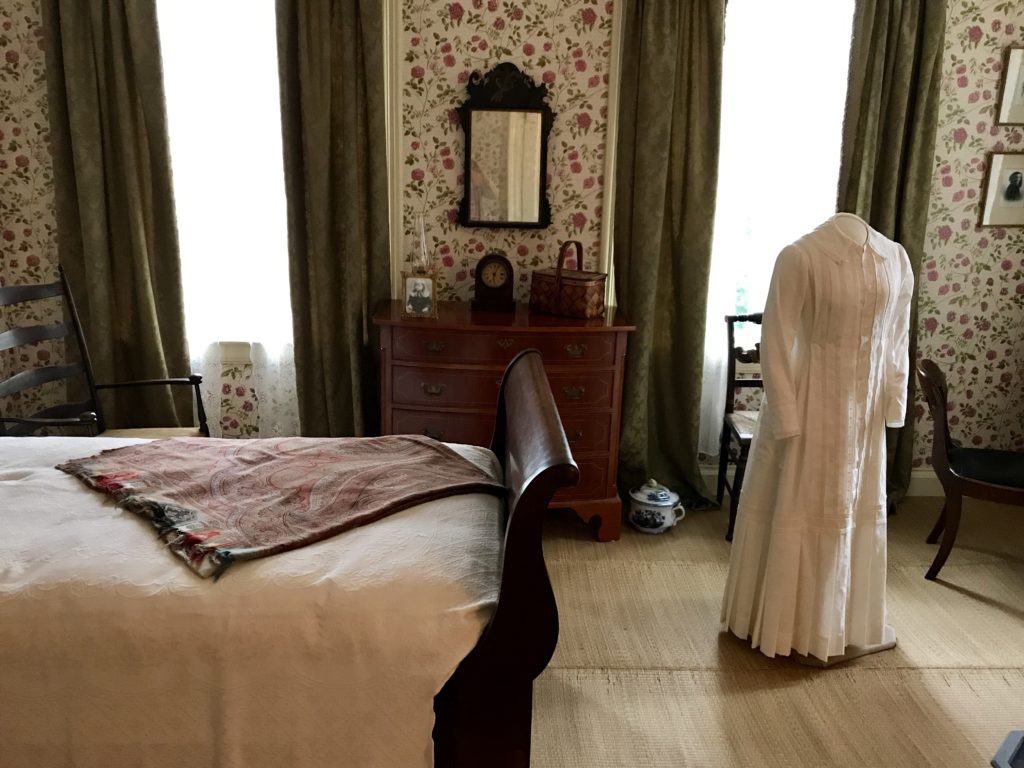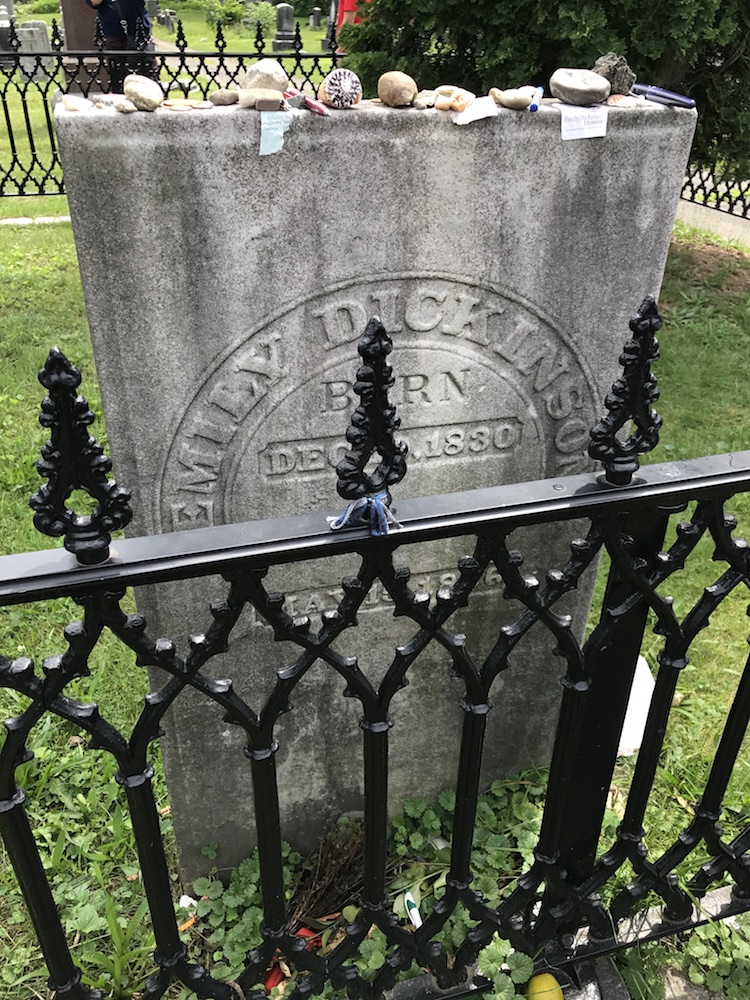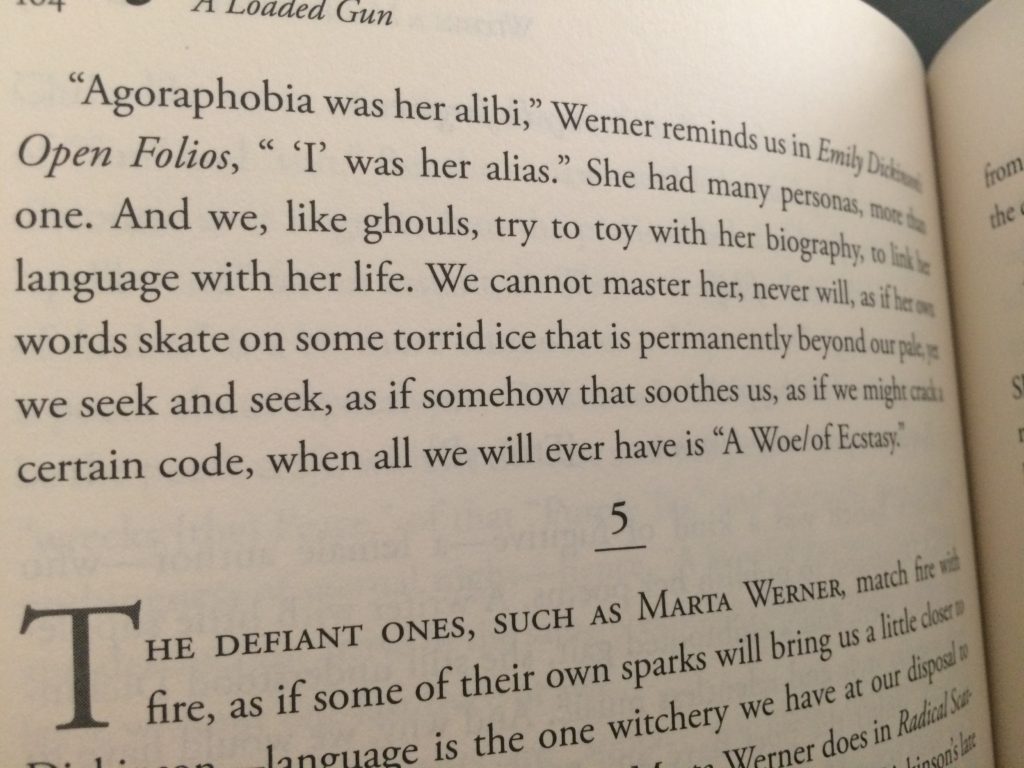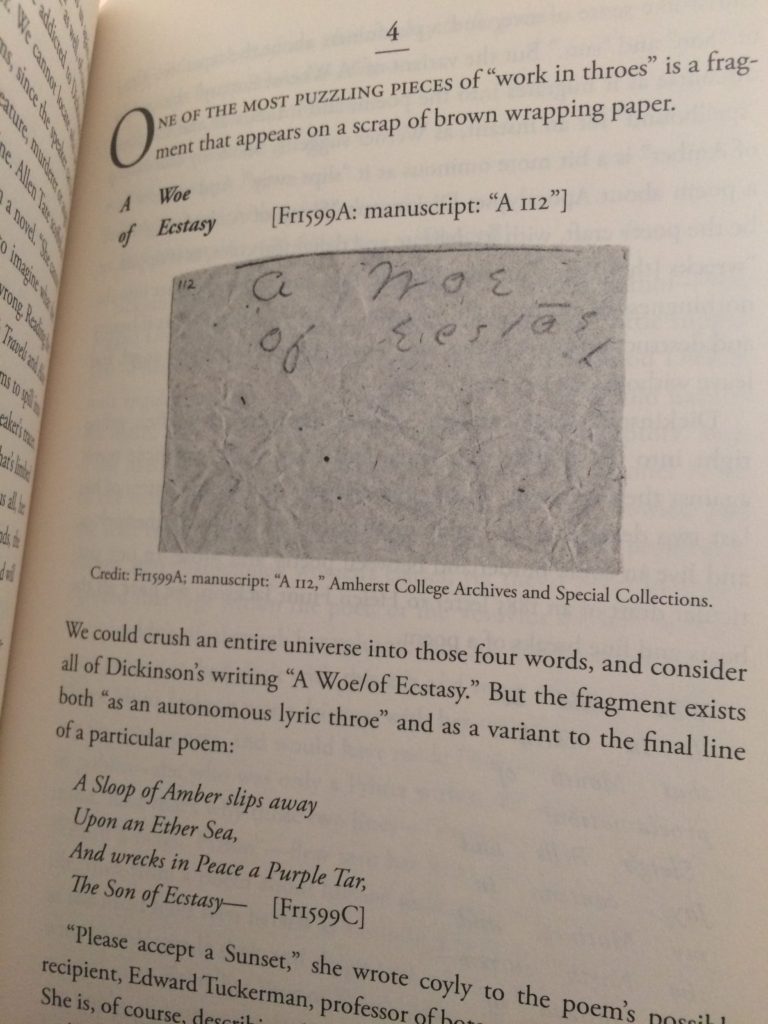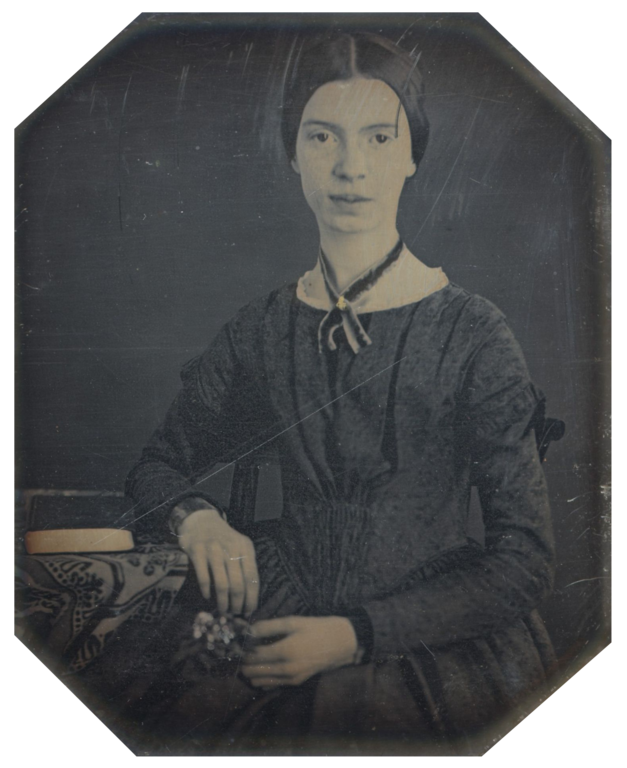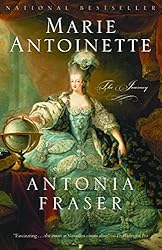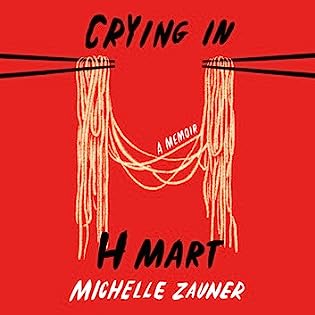 Crying in H Mart by Michelle Zauner
Crying in H Mart by Michelle Zauner Narrator: Michelle Zauner
Published by Random House Audio on April 20, 2021
Genres: Biography, Memoir
Pages: -2
Length: 7 hours, 23 minutes
Format: Audio, Audiobook
Source: Audible
Buy on Amazon, Buy on Bookshop
This post contains affiliate links you can use to purchase the book. If you buy the book using that link, I will receive a small commission from the sale.
Goodreads
From the indie rockstar of Japanese Breakfast fame, and author of the viral 2018 New Yorker essay that shares the title of this book, an unflinching, powerful memoir about growing up Korean American, losing her mother, and forging her own identity.
In this exquisite story of family, food, grief, and endurance, Michelle Zauner proves herself far more than a dazzling singer, songwriter, and guitarist. With humor and heart, she tells of growing up the only Asian American kid at her school in Eugene, Oregon; of struggling with her mother's particular, high expectations of her; of a painful adolescence; of treasured months spent in her grandmother's tiny apartment in Seoul, where she and her mother would bond, late at night, over heaping plates of food.
As she grew up, moving to the East Coast for college, finding work in the restaurant industry, and performing gigs with her fledgling band—and meeting the man who would become her husband—her Koreanness began to feel ever more distant, even as she found the life she wanted to live. It was her mother's diagnosis of terminal pancreatic cancer, when Michelle was twenty-five, that forced a reckoning with her identity and brought her to reclaim the gifts of taste, language, and history her mother had given her.
Vivacious and plainspoken, lyrical and honest, Zauner's voice is as radiantly alive on the page as it is onstage. Rich with intimate anecdotes that will resonate widely, and complete with family photos, Crying in H Mart is a book to cherish, share, and reread.
This memoir lives up to all the hype I’ve heard about it. It’s a moving portrait of a mother-daughter relationship. The book grew from Zauner’s award-winning essay, “Love, Loss, and Kimchi,” for Glamour magazine. Zauner narrates the audiobook.
I was incredibly moved by Zauner’s descriptions of caring for her mother during her illness and trying to connect with her mother after she died by watching YouTube videos to learn to cook the foods her mother hadn’t had time to teach her. Zauner describes how her mother’s friend made jatjuk when her mother couldn’t eat most foods because of the sores in her mouth. Jatjuk, Zauner explains, is often prepared for sick people. After her mother’s death, she wanted jatjuk, but she didn’t know how to make it, so she sought a recipe on Korean YouTube cook Maangchi’s channel. I’m embedding a video of her making jatjuk below, but I think it is a newer version than the one Zauner watched.
I teared up a bit listening to this part of the book because I, too, have learned cooking skills I had struggled to learn through watching the YouTube videos of Helen Rennie. In particular, after years of trying to learn pie crust, I watched this video in which Helen walks through some tips and tricks, and I finally, finally made a good pie crust.
I love these kinds of memoirs that combine a love of food and culture with a family history. I highly recommend this book, and I’m glad I (finally) read it.
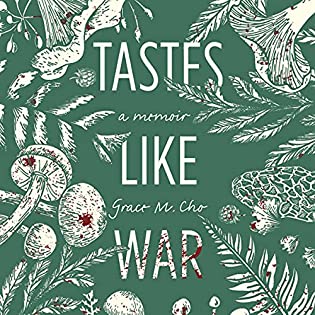 Tastes Like War by
Tastes Like War by 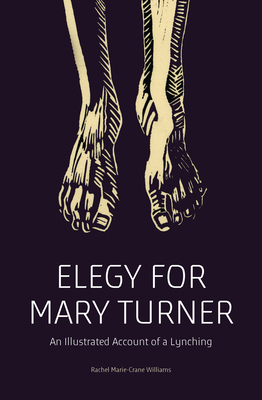 Elegy for Mary Turner: An Illustrated Account of a Lynching by
Elegy for Mary Turner: An Illustrated Account of a Lynching by 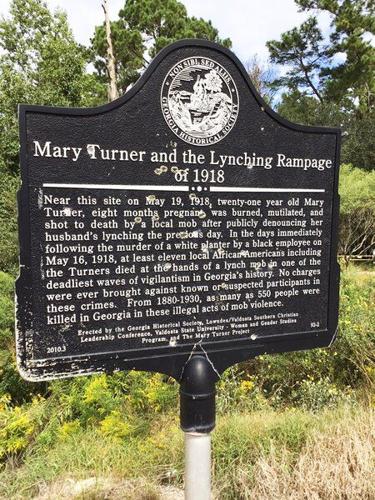
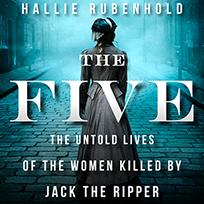 The Five: The Untold Lives of the Women Killed by Jack the Ripper by
The Five: The Untold Lives of the Women Killed by Jack the Ripper by 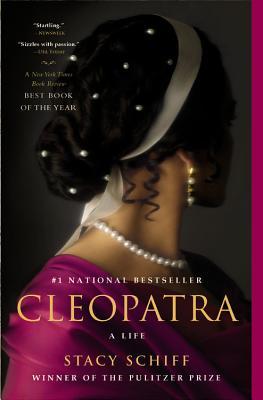 Cleopatra: A Life by
Cleopatra: A Life by 
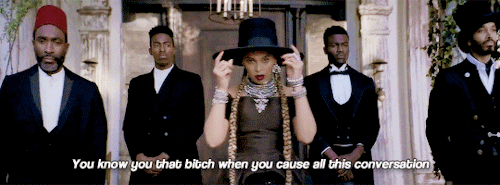
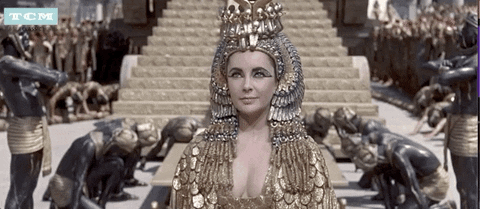
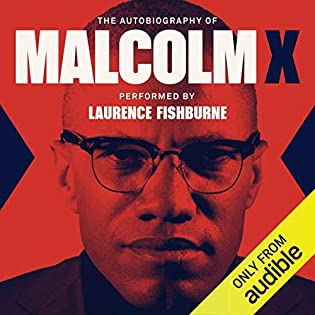 The Autobiography of Malcolm X: As Told to Alex Haley by
The Autobiography of Malcolm X: As Told to Alex Haley by  Petty: The Biography by
Petty: The Biography by 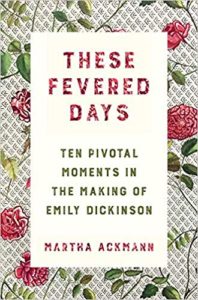 These Fevered Days: Ten Pivotal Moments in the Making of Emily Dickinson by
These Fevered Days: Ten Pivotal Moments in the Making of Emily Dickinson by 